|
The Spooner Agriculture Research Station Teaching and Display Gardens hosts the Monarch and Pollinator Sanctuary. There are blooms throughout the growing season and the this garden highlights mostly native plants to feed hungry pollinators and host larva for monarchs. To learn more about Monarch Waystations go to MonarchWatch.org Here are a few that are blooming in late August. Left to right: Culvers Root (Veroncastrum virginicum), Chelone Lyonii Turtlehead 'Hot Lips', and Showy Goldenrod Solidago speciana. All three attract pollinators and are worthy of space in home gardens. The Teaching & Display Garden is open to the public for self-guided tours during day light hours seven days a week mid-May through mid-September.
The Station’s Teaching and Display Garden is located at 780 Orchard Lane off Highway 70 just east of Spooner. Due to construction on Highway 70, Orchard Lane and Hwy 70 is closed at the Yellow River bridge so the only access to the Garden is via Orchard Lane to the north from Ramsdell or Ojibwa Rd.
0 Comments
The Spooner Agriculture Research Station Teaching & Display Garden has some great ideas that you can use next year when ordering seeds for your 2024 garden. Several that stood out as especially striking are shown below. This combo is Black Magic Kale and Holi Scarlet Zinnia. The Zinnia is a 2019 All-America Selections winner. "AAS Judges deemed this an “excellent flower” because of the bright solid color, size, and the number of blooms as well as the disease resistance, which was superior to the comparisons." The other combo that received raves from visitors and pollinators included two All-America Selections winners. Snapdragon Double Shot TM Orange Bicolor F1 (Antirrhinum majus nanum) was a winner this year and combined beautifully with the 2022 winner Verbena Vanity (Verbena bonariensis). Bees and butterflies were constantly visiting both of these in August. This 2019 All-America Selections winner is Big Duck Gold Marigold. It looks good in both a planting bed as well as in containers. Large blooms and full bushy plants really stand out.
The Teaching & Display Garden is open to the public for self-guided tours during day light hours seven days a week mid-May through mid-September. The Station’s Teaching and Display Garden is located at 780 Orchard Lane off Highway 70 just east of Spooner. Due to construction on Highway 70, Orchard Lane and Hwy 70 is closed at the Yellow River bridge so the only access to the Garden is via Orchard Lane to the north from Ramsdell or Ojibwa Rd. Speakers and topics covered this year are:
The first part of the program will be held at the Station Building, 1036 E Maple Street (State Highway 70), with a program “Helpful Insects and Pollinators”. This presentation will focus on native plants along with other annuals and perennials that support pollinators. Also included will be information on native trees that provide important shelter and food for birds and pollinators, along with native shrubs that attract wildlife and provide several seasons of interest. You will learn what, when, and where to cultivate native plants that provide food for butterflies, songbirds, hummingbirds, and beneficial insects.
The second part of the program will move to the Station’s Teaching and Display Garden, located at 780 Orchard Lane off Highway 70 just east of Spooner where a walk through the Teaching and Display Garden will showcase plants for our northern climate that are beneficial for pollinators. The staff from UW-Madison Spooner Ag Research Station and Master Gardener volunteers will be available to answer gardening questions and identify plants and pollinators. Wisconsin Celebrates Pollinator Week, June 19-25, 2023, is dedicated to raising awareness through statewide and local activities and events to support National Pollinator Week. By increasing knowledge and adopting pollinator friendly practices, we can improve pollinator health and habitats. National Pollinator Week is an annual event managed by the Pollinator Partnership to help spread the word about what we can do to protect pollinators. For more information and events go to https://hort.extension.wisc.edu/pollinator-week/ The Teaching & Display Garden is an official All-America Selections (AAS) display garden featuring both flowers and vegetables and has been recognized with multiple awards in the National Landscape Design contest sponsored by AAS. The garden also includes organic vegetable gardening, a children’s garden, and the Monarch and Pollinator Sanctuary perennial garden featuring native plants. There is no charge for this educational event. For more information, please contact Kevin Schoessow at 715-635-3506 or 1-800-528-1914. UW-Madison Extension provides equal opportunity in employment and programming including Title IX and ADA requirements. Please call our toll-free number 800-528-1914 if you have any special needs or require special accommodation.
Have you heard about “No Mow May?” Many people have committed to not mowing their yards in May, allowing flowering plants to grow to help provide food for pollinators. Before you stow away your mower for May, let’s look at what options you can take to help pollinators this Spring.
Do pollinators benefit from my unmowed lawn? Sometimes – it depends on your lawn. Lawns that consist solely of turfgrass provide little to no resources for pollinators. However, lawns that also contain low growing flowering plants, such as dandelions, can provide nectar and pollen to a wide range of pollinators. Lawns that are mowed higher (more than 3”) and less often tend to have more flowering plants, supporting a greater diversity of pollinators and other insects. However, if you let your lawn go unmowed and then mow more than one-third of the height at once, this can be stressful to both the turfgrass plants and the mower. For more information about how to take care of your lawn, see our Extension publication about lawn maintenance. For the complete resource go to: https://hort.extension.wisc.edu/articles/whats-the-deal-with-no-mow-may/ Even for the most experienced Master Gardener, the term keystone plant may be new. Thrown around by ecologists, a keystone plant is one with high ecological value – one that is significant as a food source. In fact, the National Wildlife Federation (NWF) states that 96 percent of U.S. terrestrial birds rely on insects supported by keystone plants. Interestingly enough, in Wisconsin, trees top our list of keystone plants.
In a recent article by Jennifer Rude Klett for the Milwaukee Journal Sentinel, oak trees – to include white, bur, swamp white, chinkapin and black -- stood out on top of the list. According to the NWF’s list of keystone plants by ecoregion, the white oak Quercus alba is listed as the number one keystone plant for most of the state, in part because of its role as a host plant for up to 450 species of caterpillars. Caterpillar diversity is the main reason a tree may be listed as a keystone plant. According to the article, in addition to oaks, other trees that top the list include American plum, black cherry, chokecherry, river birch, sweet birch, bitternut hickory and Eastern white pine. Sugar maple, Wisconsin’s state tree, is another keystone plant that acts as a host plant for well over 200 caterpillar species. Interestingly, silver maple and box elder, also a member of the maple family, along with Eastern cottonwood, are also keystone plants, according to the NWF. Those three, however, are sometimes thought of as “junk” trees to be removed but nonetheless offer high wildlife value. Neil Diboll, a noted Wisconsin expert on keystone plants, stated that “most gardeners do not know about keystone plants because our culture does not focus on the ecology of our gardens and landscapes. You need a diverse mix of trees, shrubs and flowers, along with some grasses and maybe some sedges, to create a complete habitat for pollinators, birds and other wildlife. It’s all about the diversity.” To learn more about keystone plants…and trees, read the complete article. We're entering peak season at the Spooner Agriculture Research Station, Teaching & Display Garden, located at 780 Orchard Lane, Spooner. Photos taken this week highlight native plants and All-America Selections Annuals and Vegetables. The garden is open to the public for self-guided tours during daylight hours, seven days a week mid-May through mid-September. Hover over each photo for description.
More helpful practices:
Organizations:
Blog and photo credit: Sue Reinardy, Master Gardener Left to right: Large-leaved Aster, False Solomon's Seal, Swamp Milkweed, Wild Bergamot There’s new terminology for letting your garden get a little wild: rewilding. I’ve been doing this for years without putting a name to inattentive gardening, but now it’s in vogue. Love that! This week has been declared Pollinator Week by the University of Wisconsin Horticulture and rewilding the garden fits right into adding more native plants to our gardens. By letting nature do some of the planting we can increase native vegetation that pollinators appreciate. In looking through Heather Holm’s book, Pollinators of Native Plants, many of the plants look familiar. This book is an excellent field guide for pollinator plants. Here’s some that have established in my gardens without much effort on my part.
Blog and Photos by Sue Reinardy, Master Gardener Wild Perennial Lupine (Lupinus perennis) is a showy native wildflower that blooms in late spring with spikes of blue and bluish-purple flowers. This species prefers sandy soil and full sun. Once established, it will naturalize, attracting bees, birds, butterflies, and hummingbirds.
While most people know about the relationship between monarch butterflies and milkweed, the Karner Blue butterfly has the same kind of relationship with the wild lupine. The Karner Blue was federally listed as endangered in 1992. This butterfly is most widespread in Wisconsin and the state has implemented a Wisconsin Habitat Conservation Plan. Habitat throughout the range of the Karner Blue butterfly has been lost as a result of land development and lack of natural disturbance, such as wildfire and grazing by large mammals. Such disturbance helps maintain the butterfly’s habitat by setting back encroaching forests, encouraging lupine and flowering plant growth. Submitted by Linda Anderson, Certified Master Gardener |
|
| North Country MGV | gARDEN bLOGS |
Location |
|
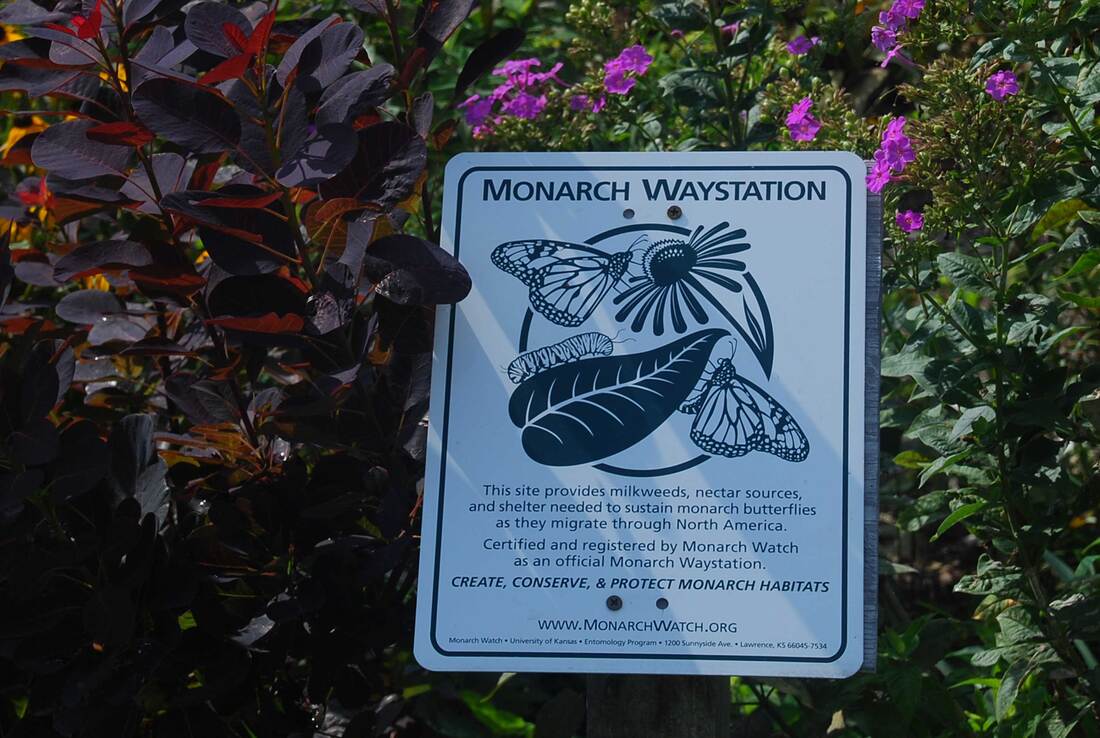
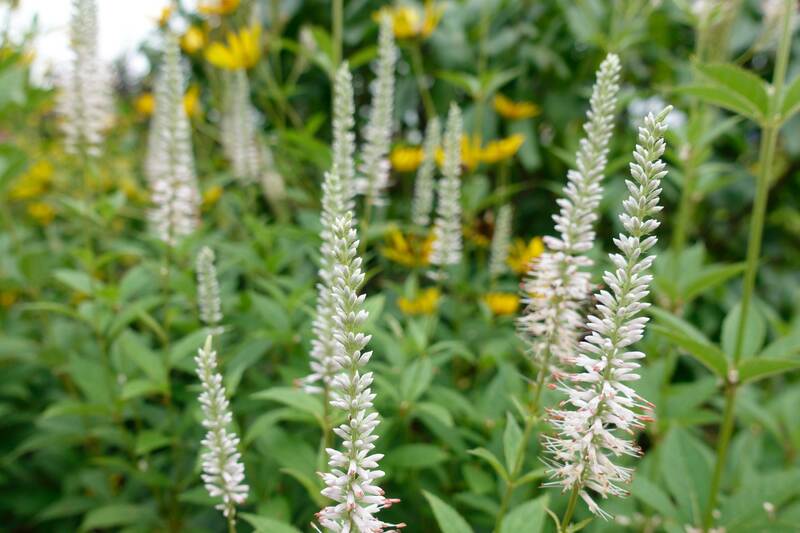
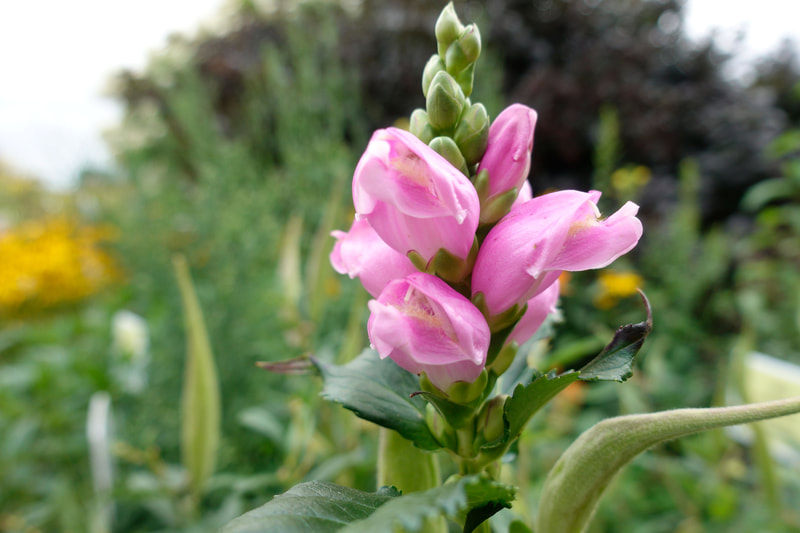
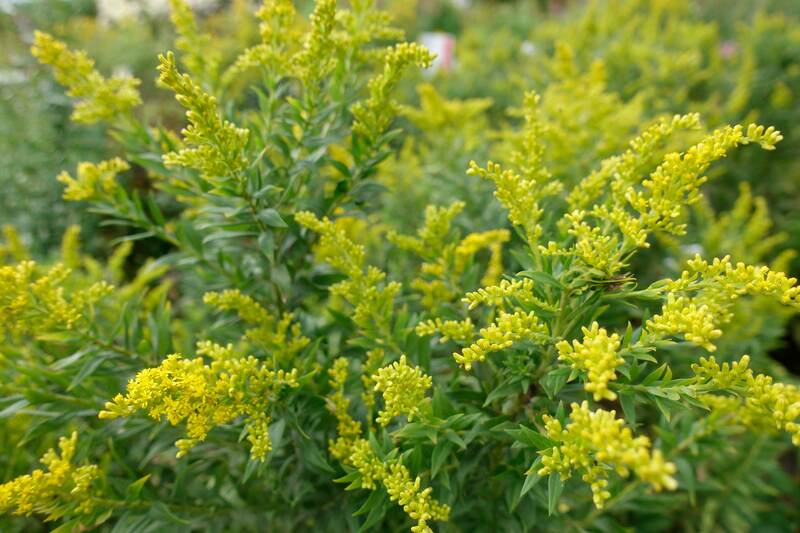
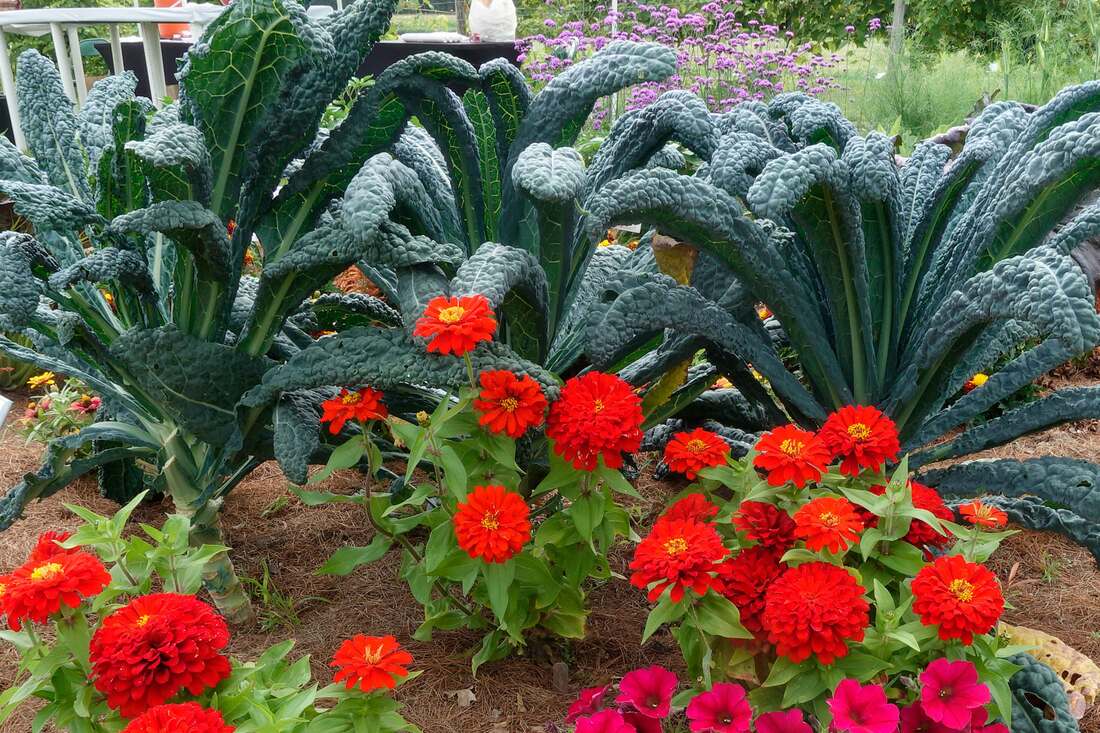
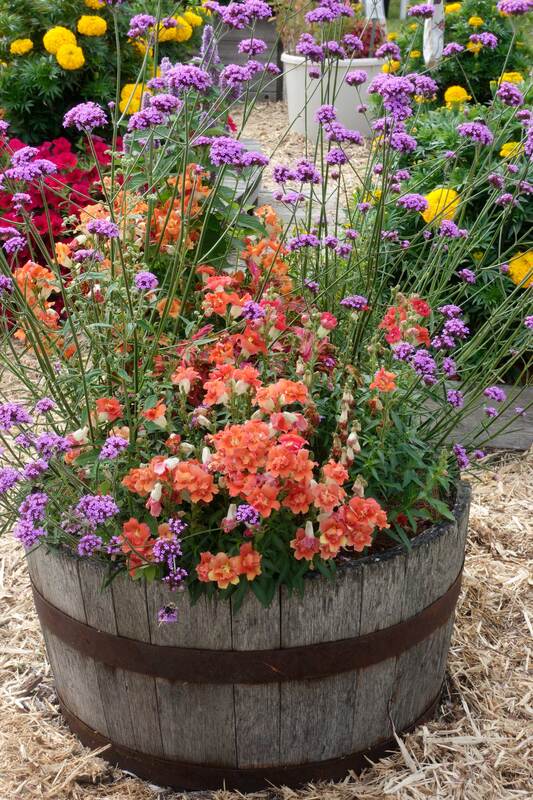
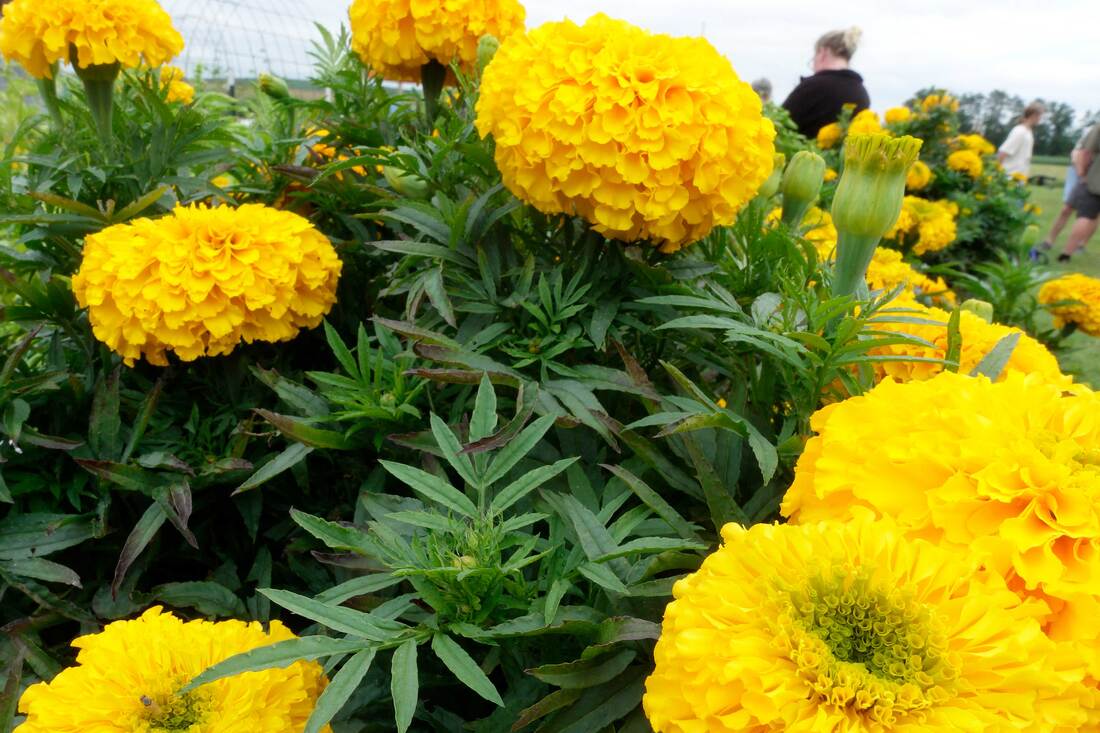
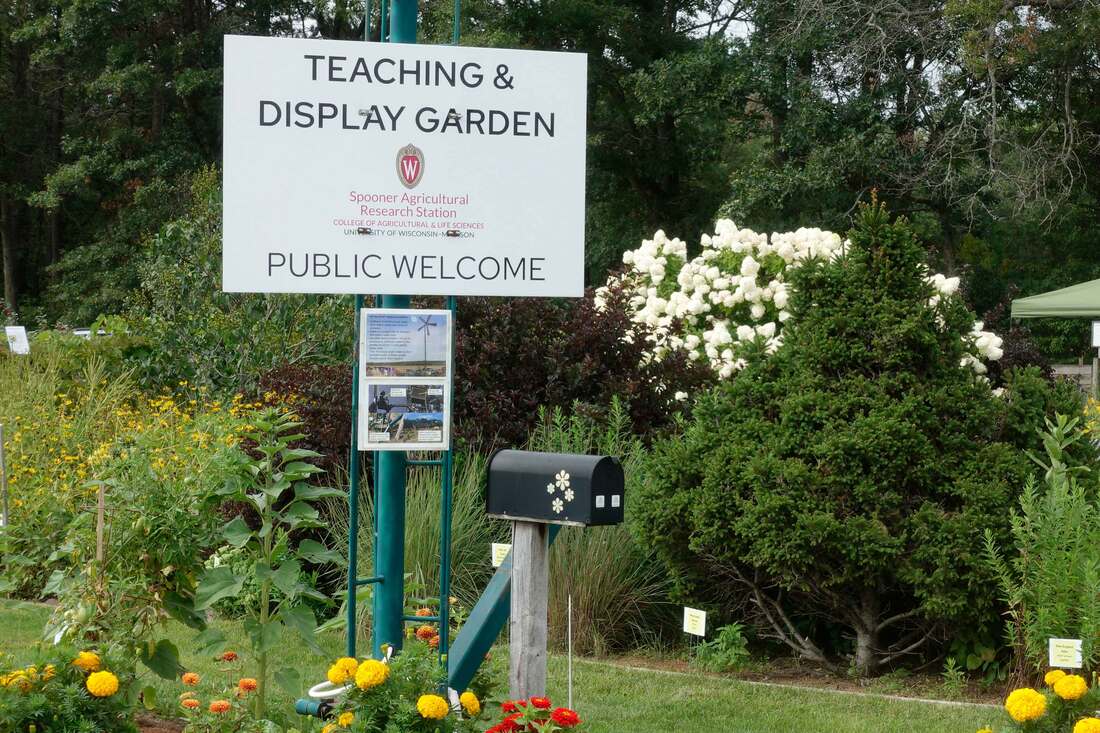
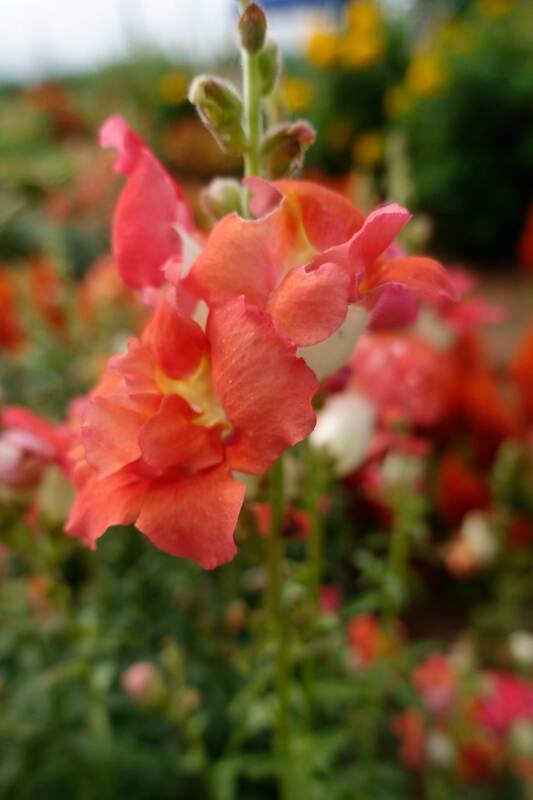
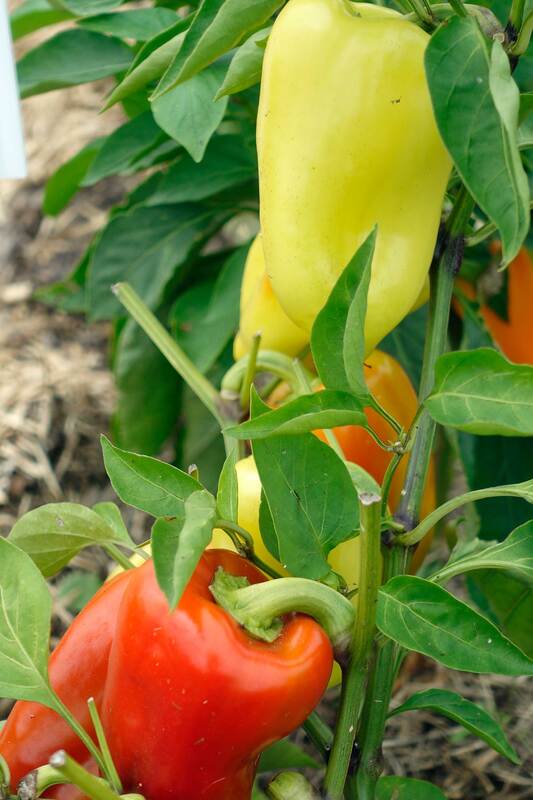
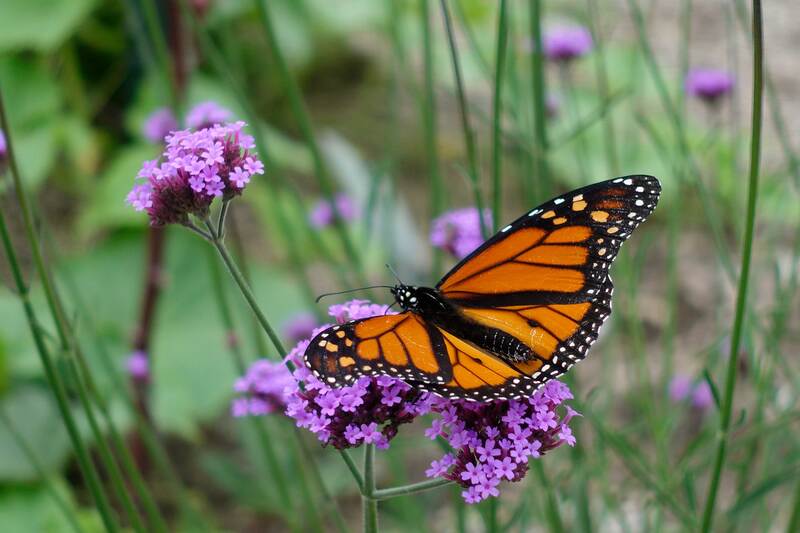


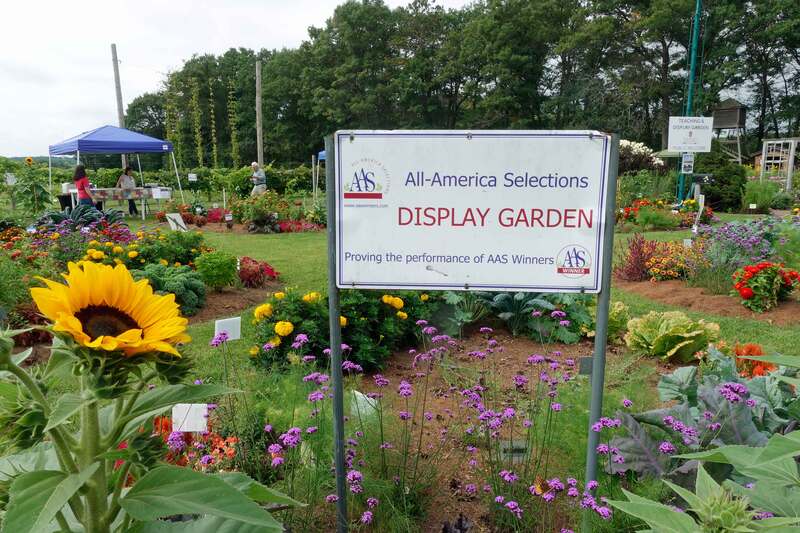
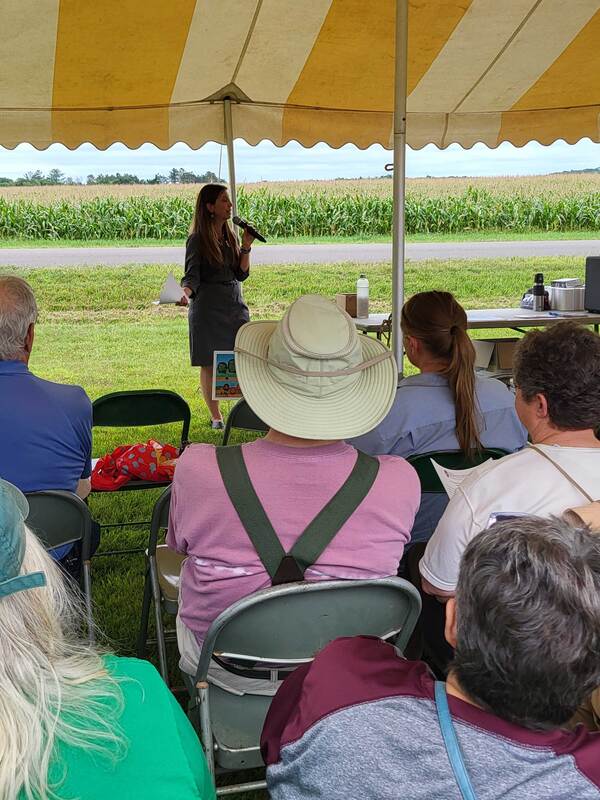
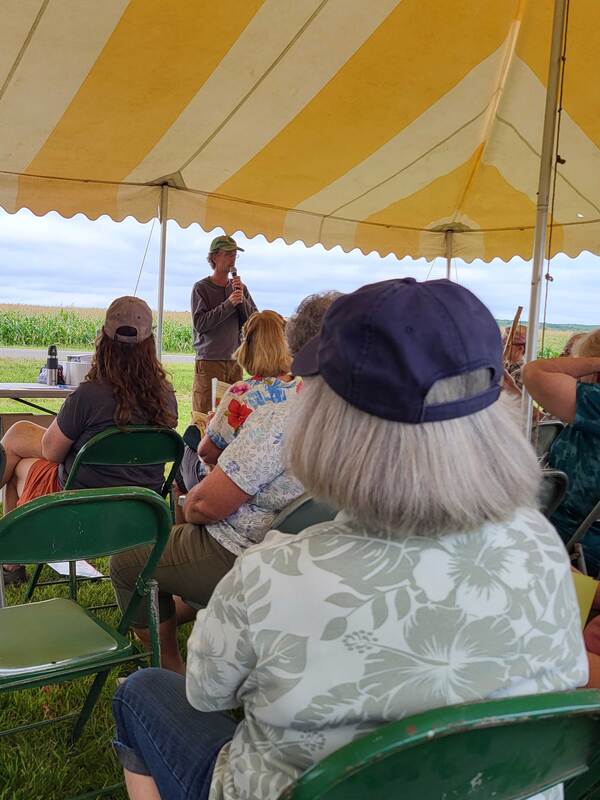
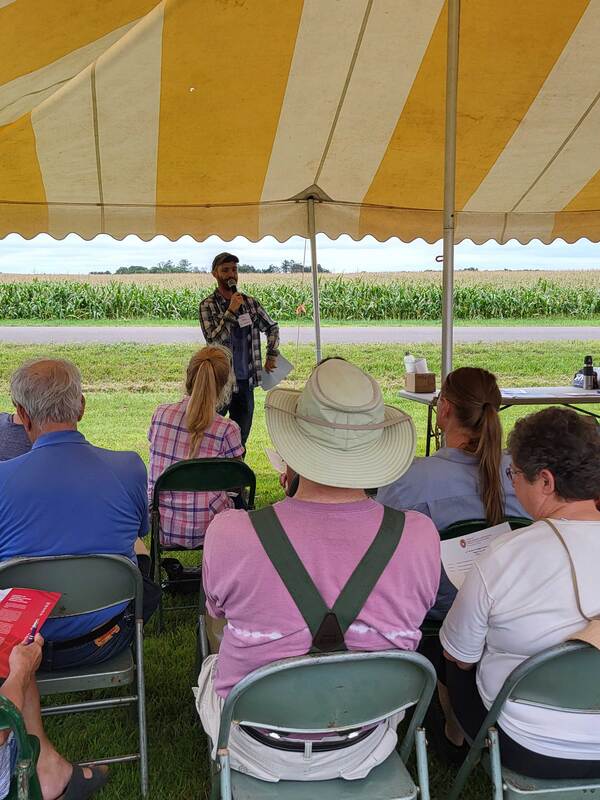
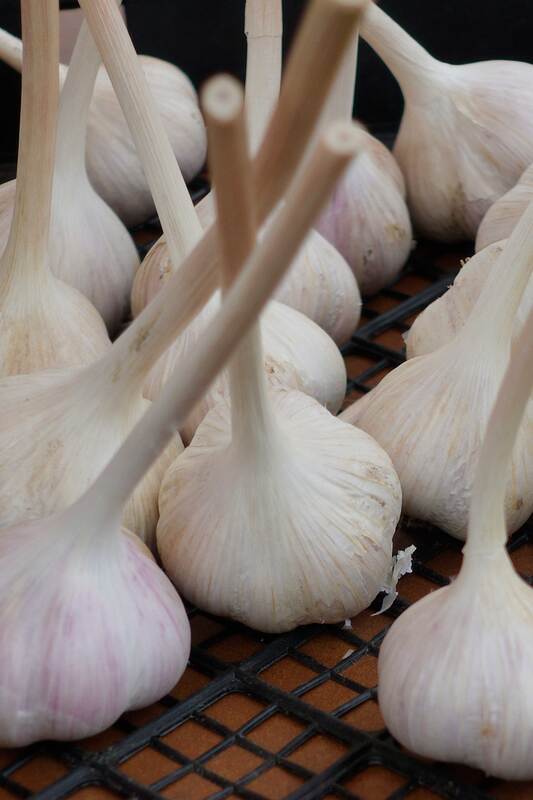
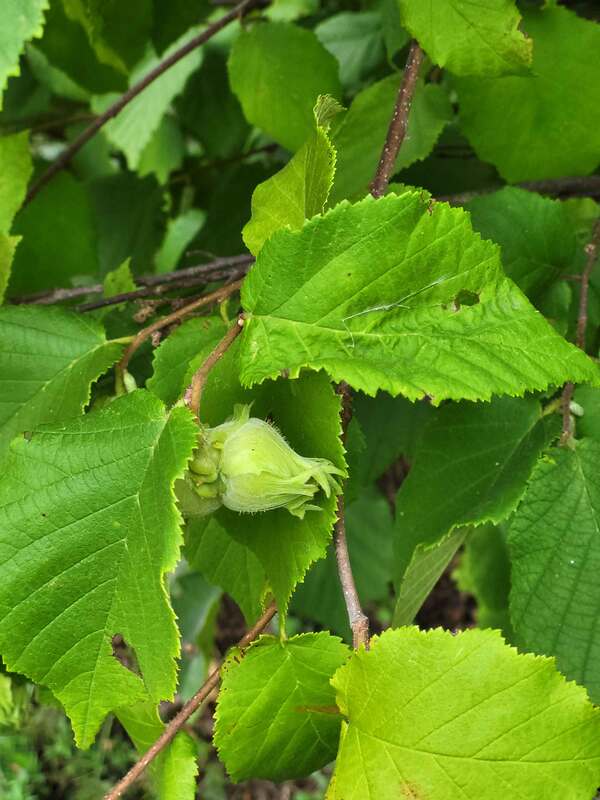
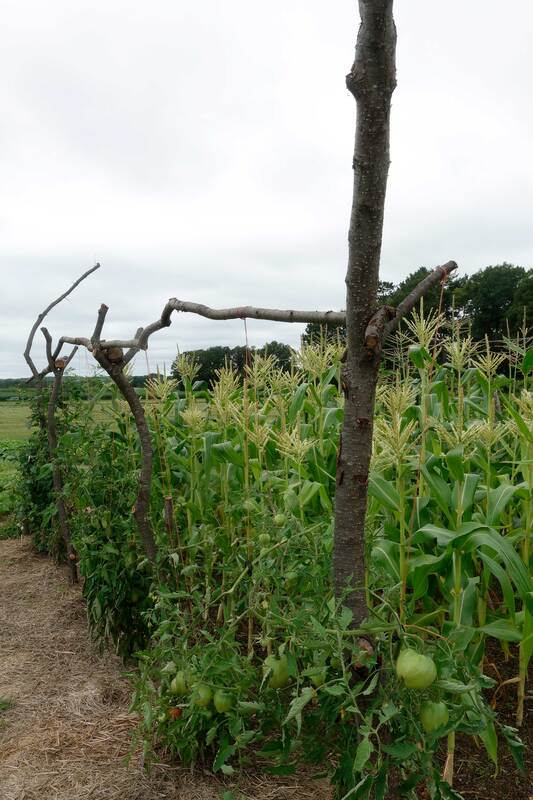
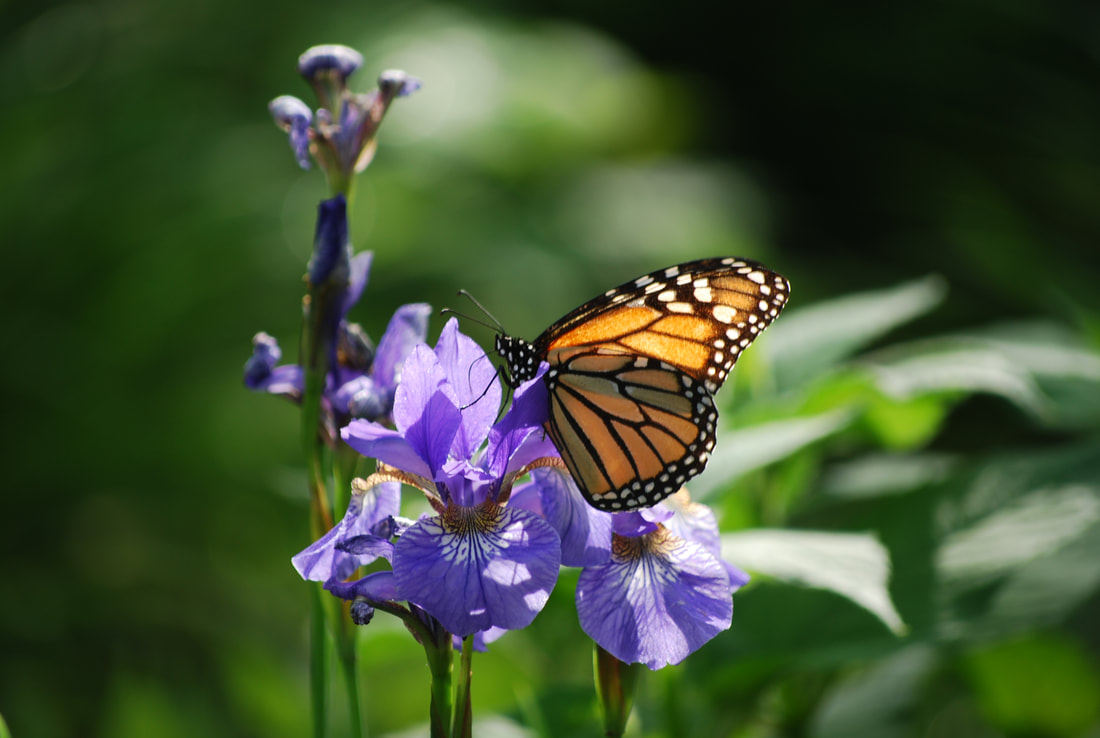
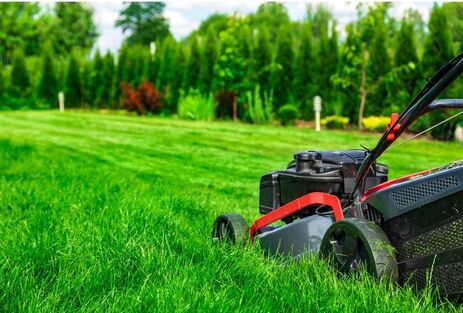
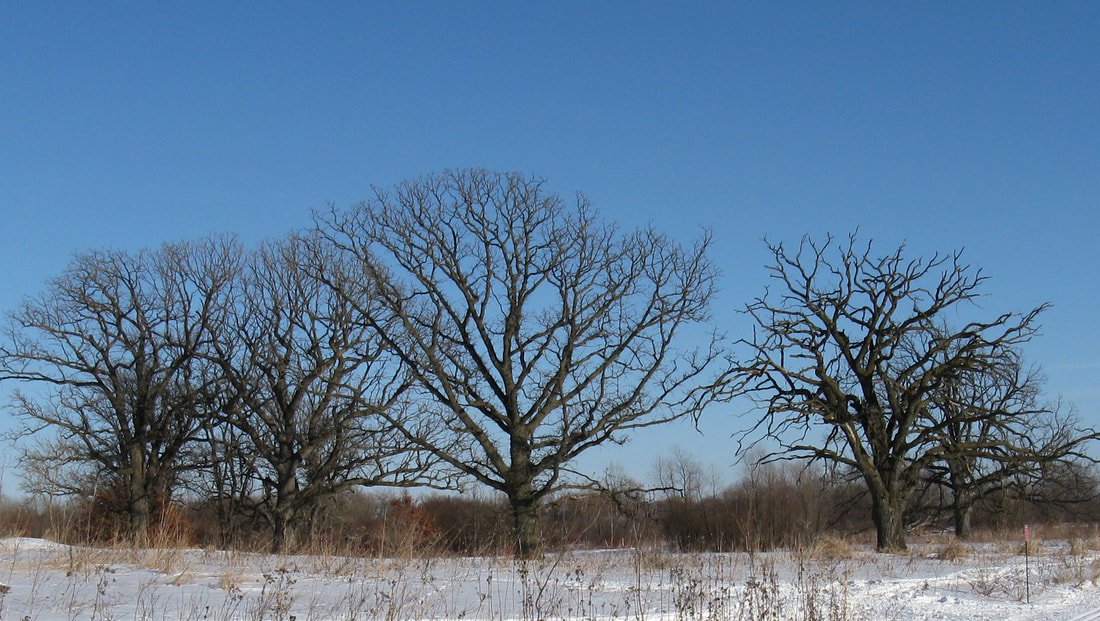
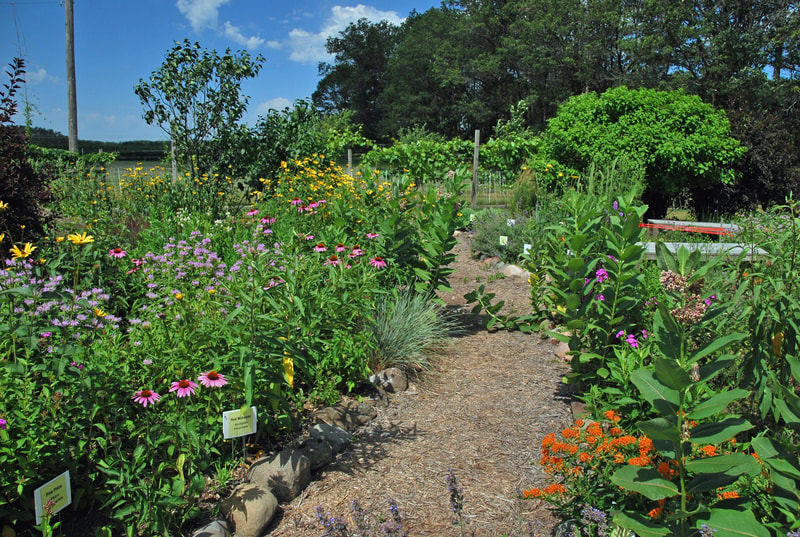
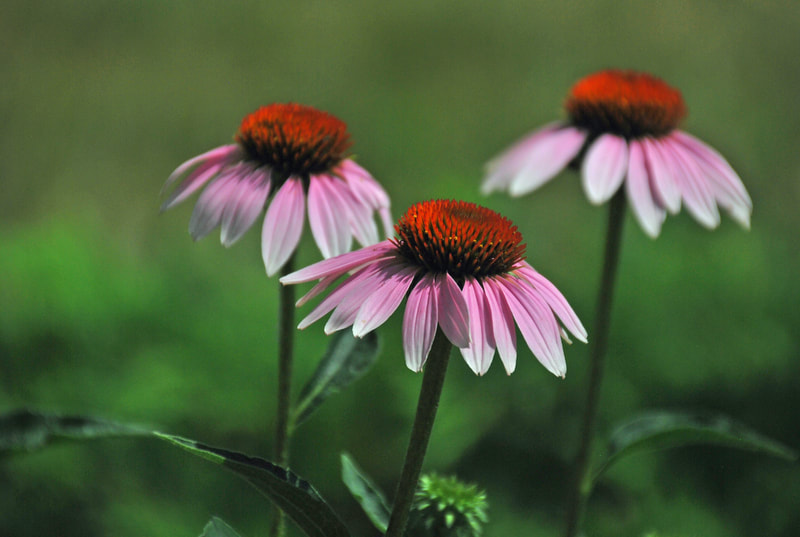
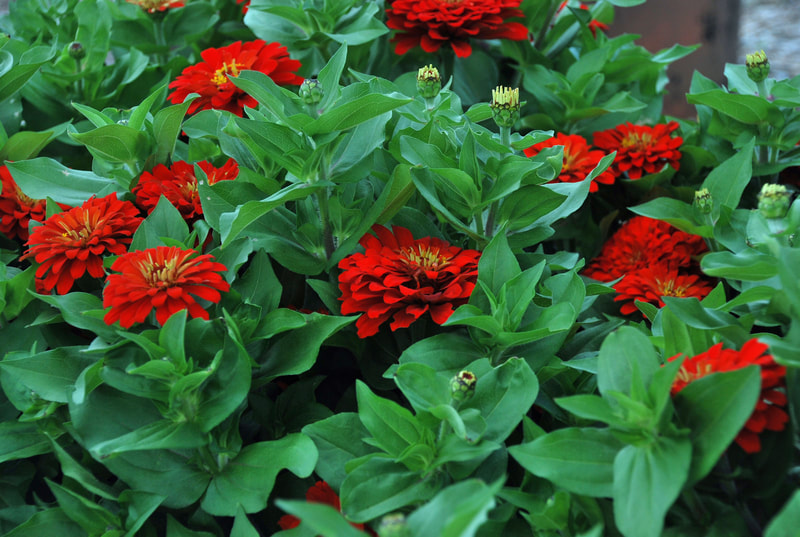
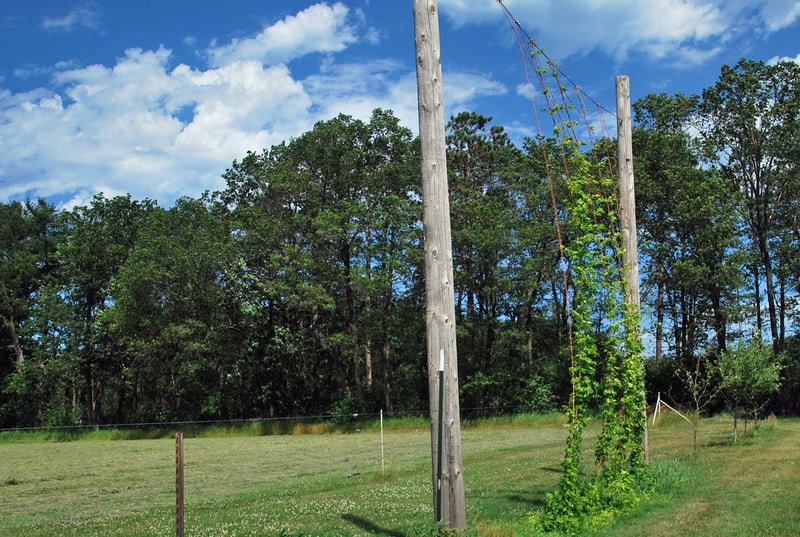
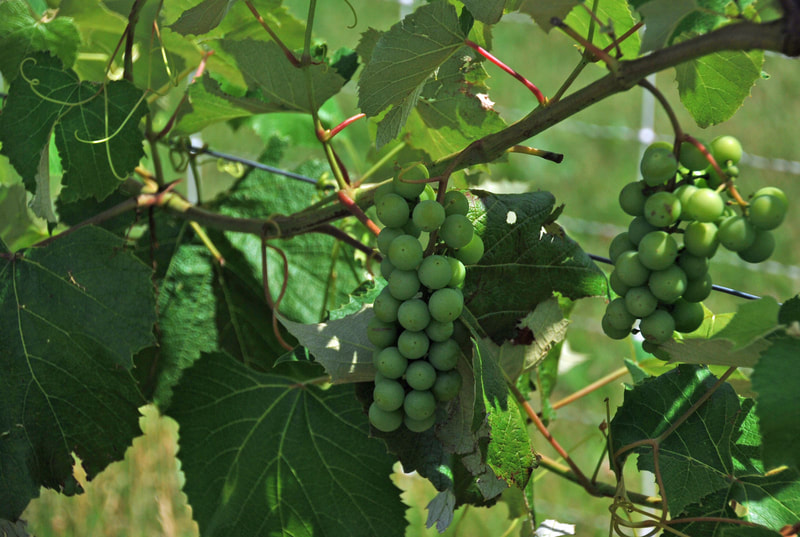
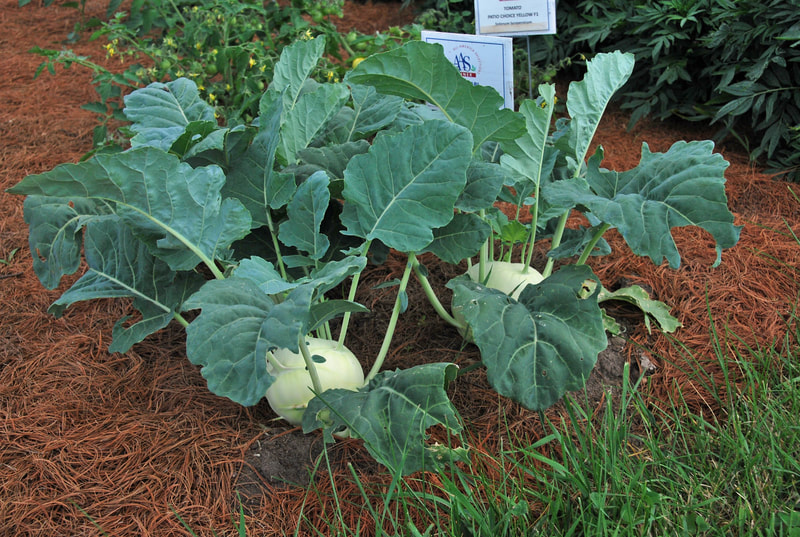
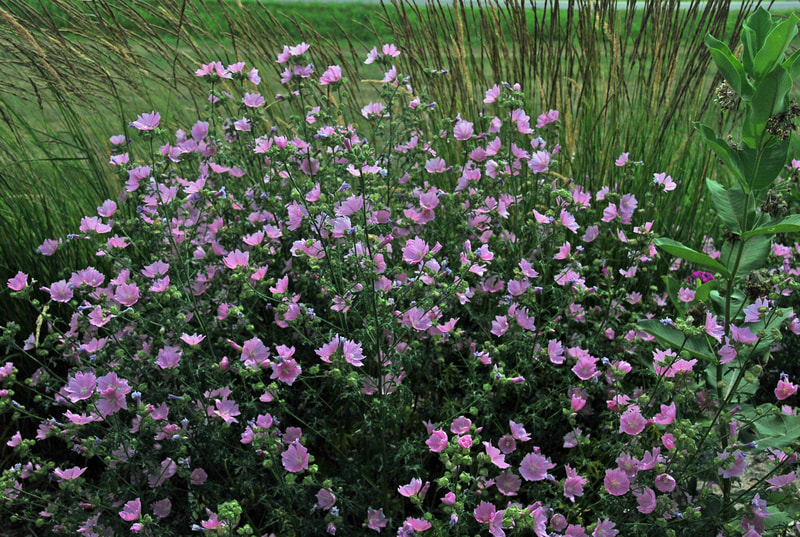
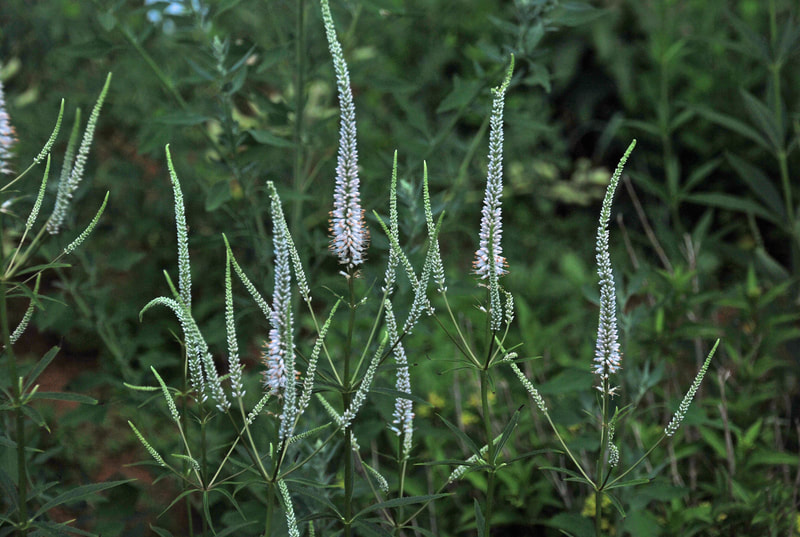
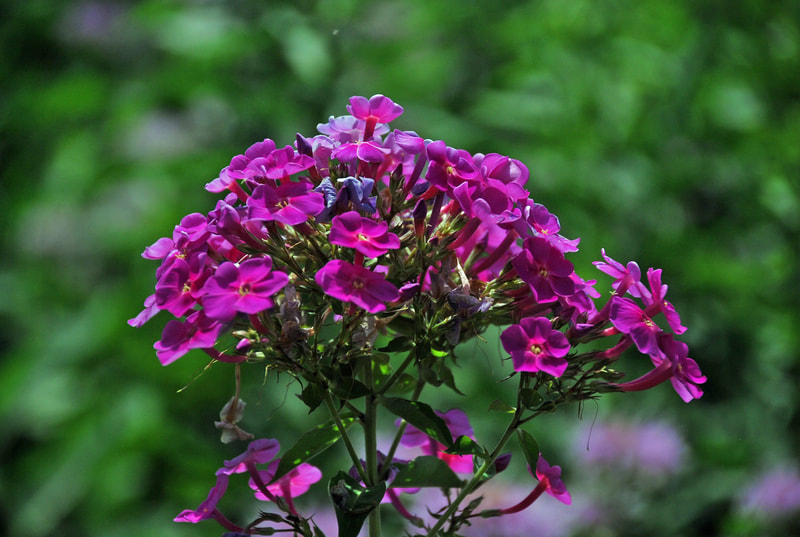
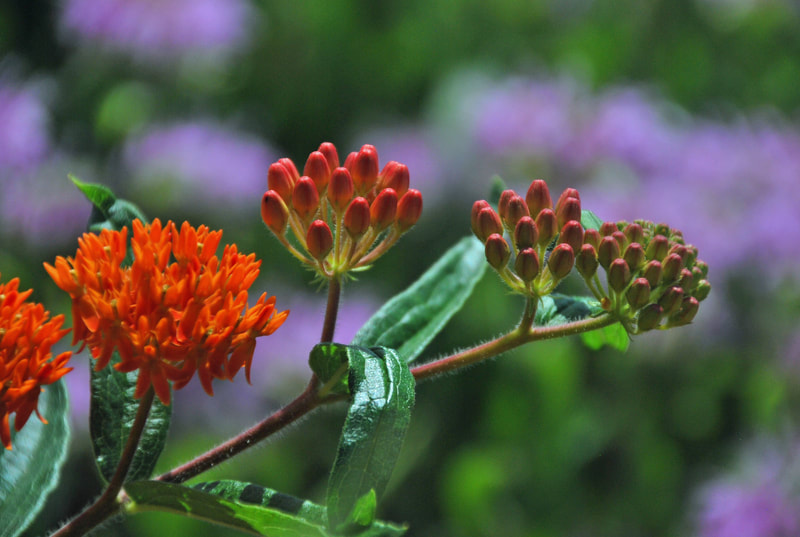
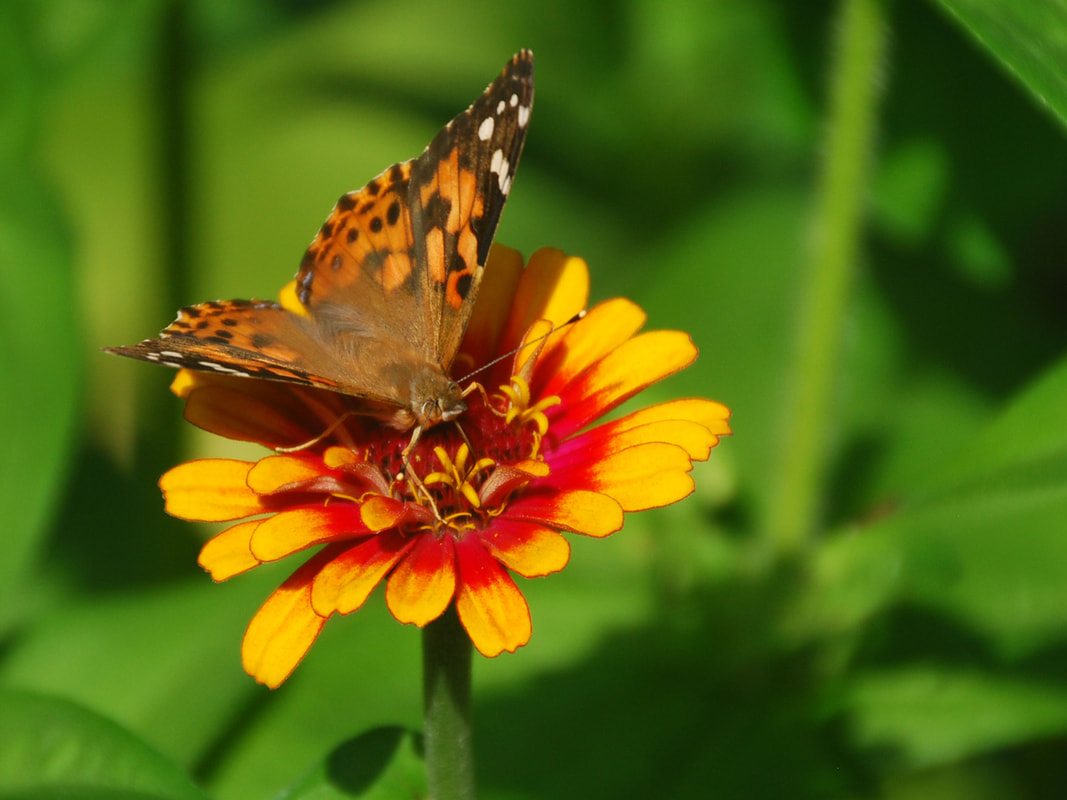
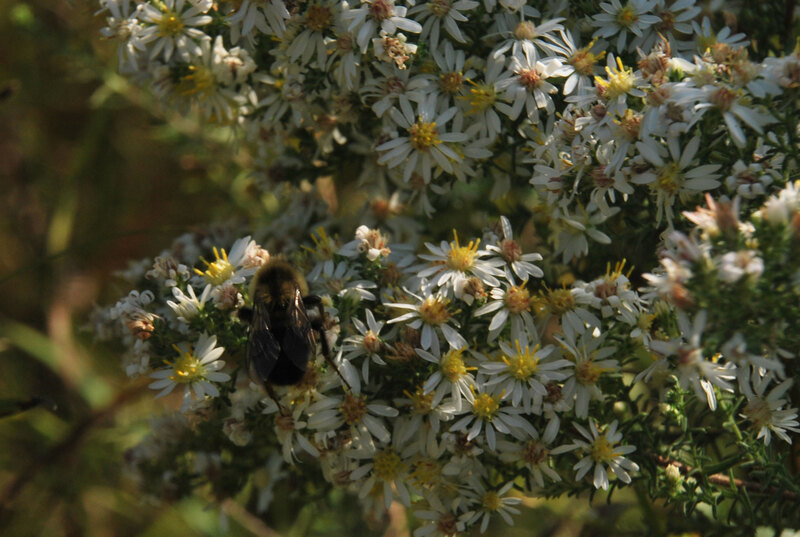
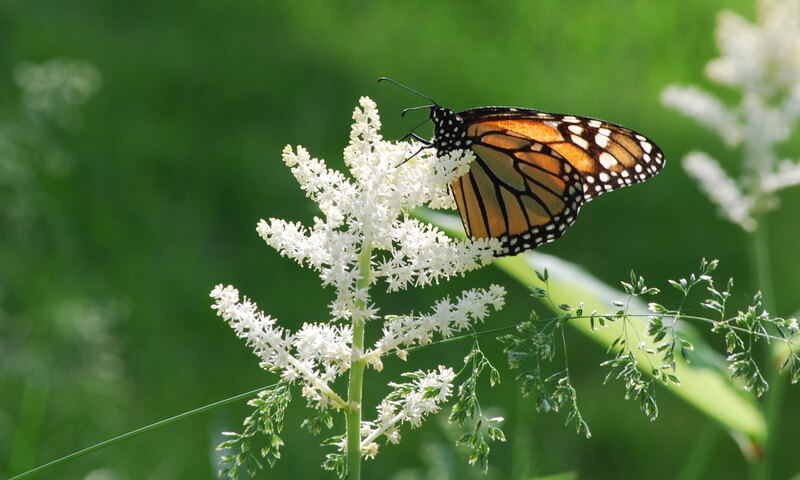
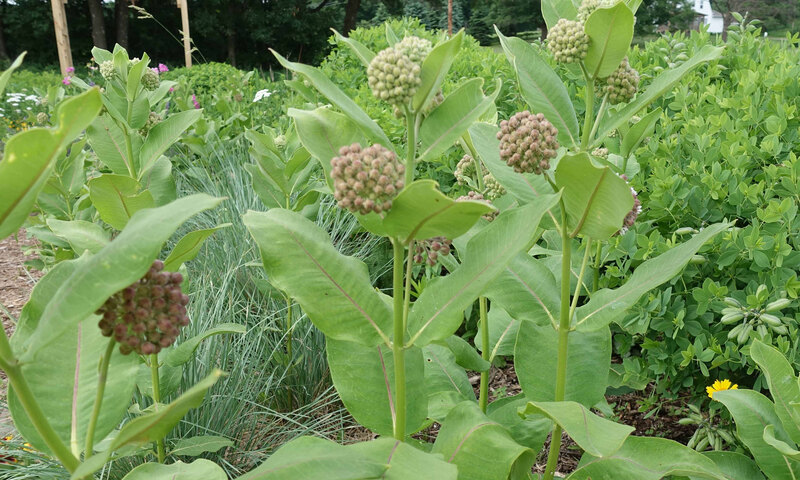
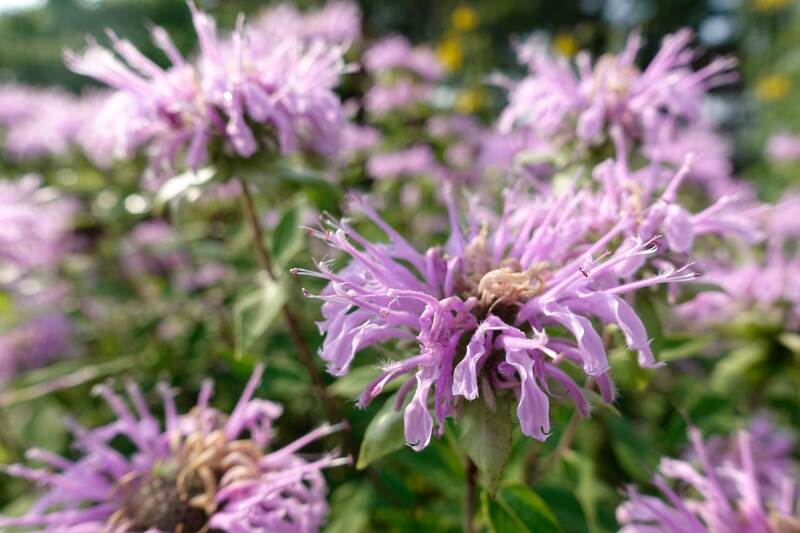
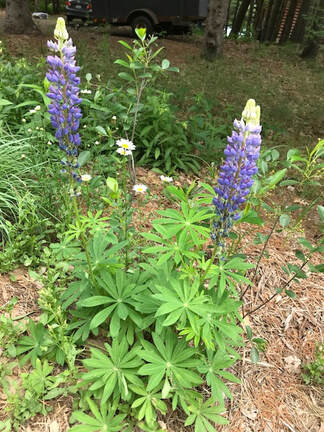
 RSS Feed
RSS Feed